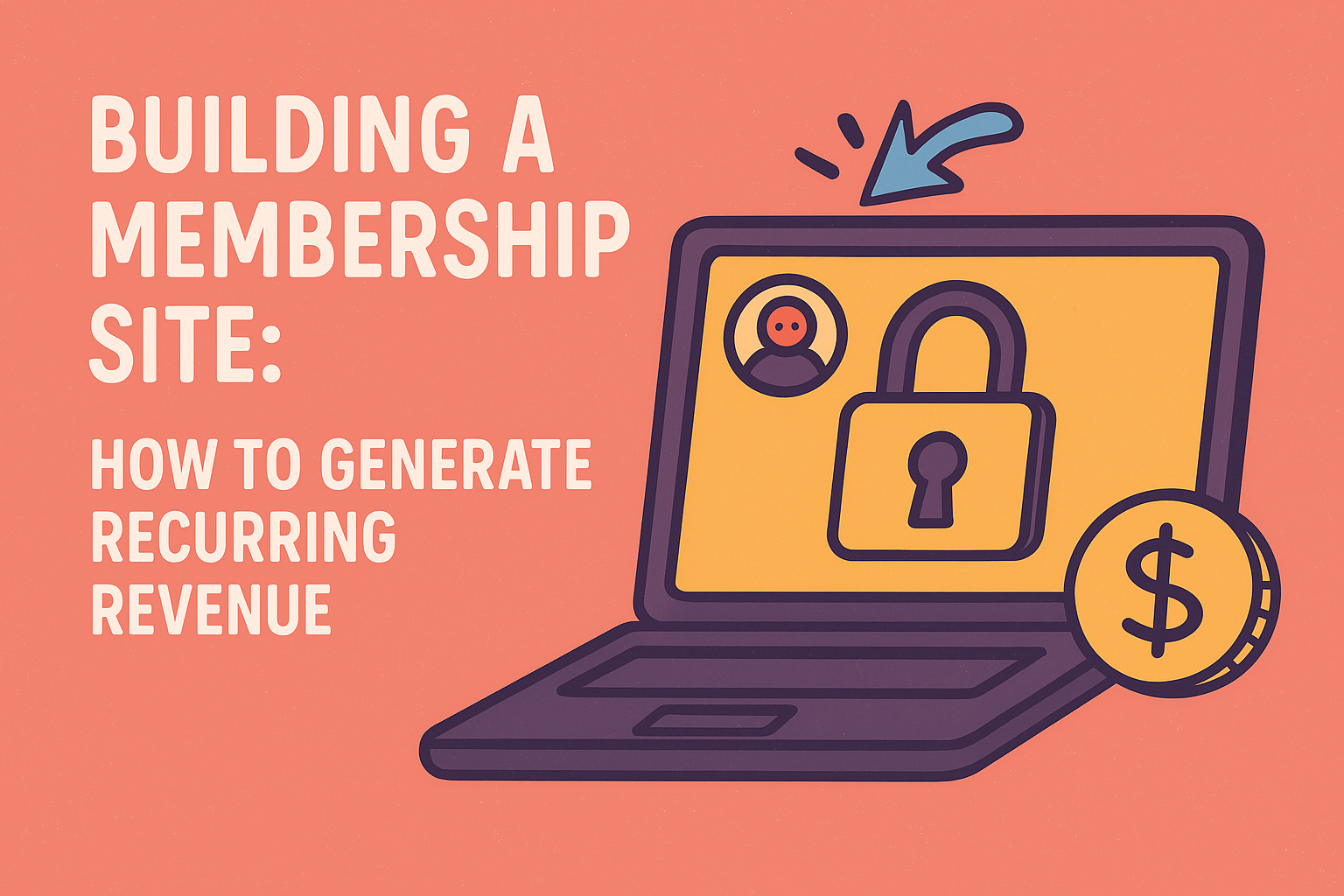Understanding and Implementing Ad Networks on Your Blog
Ad networks can be a powerful tool for monetizing your blog, providing a steady stream of revenue as your traffic grows. Exploring various ways to monetize your blog can further enhance your earnings potential. Here’s a comprehensive guide to help you understand and implement ad networks on your blog effectively.
1. What Are Ad Networks?
Ad networks act as intermediaries between advertisers and publishers (bloggers). They aggregate available ad space from publishers and match it with advertiser demand.
Types of Ad Networks:
- CPM (Cost Per Mille): Pays per thousand impressions.
- CPC (Cost Per Click): Pays per click on the ad.
- CPA (Cost Per Action): Pays when a specific action is taken (e.g., a purchase or sign-up).
2. Choosing the Right Ad Network
Selecting the right ad network is crucial for maximizing your revenue potential.
Popular Ad Networks:
- Google AdSense: User-friendly and widely used by bloggers.
- Media.net: Contextual ads powered by Yahoo and Bing.
- Ezoic: Uses AI to optimize ad placements and increase revenue.
- AdThrive: Premium network for high-traffic blogs.
- Sovrn: Offers various ad types and robust analytics.
3. Setting Up Your Ad Network Account
Once you’ve chosen an ad network, you need to set up an account and get approved.
Steps to Set Up:
- Create an Account: Sign up for an account with your chosen ad network.
- Submit Your Blog for Review: Provide necessary details about your blog for approval.
- Adhere to Policies: Ensure your blog complies with the network’s policies and guidelines.
4. Integrating Ad Code into Your Blog
Integrating ad code into your blog is essential for displaying ads.
Integration Steps:
- Get the Ad Code: Copy the ad code provided by the ad network.
- Insert the Code: Place the ad code in your blog’s HTML where you want the ads to appear.
- Use Plugins: For WordPress users, ad management plugins like Ad Inserter can simplify the process.
5. Optimizing Ad Placement
Strategic ad placement can significantly impact your earnings.
Best Practices:
- Above the Fold: Place ads in visible areas that users see without scrolling.
- In-Content Ads: Integrate ads within your content for better engagement.
- Responsive Design: Ensure ads are responsive and display well on all devices.
- A/B Testing: Test different placements to see which perform best.
6. Monitoring Performance and Earnings
Regularly monitoring your ad performance helps you optimize and maximize revenue.
Metrics to Track:
- Impressions: Number of times an ad is displayed.
- Clicks: Number of times an ad is clicked.
- CTR (Click-Through Rate): Percentage of clicks per impression.
- Revenue: Earnings generated from ads.
7. Ad Quality and User Experience
Maintaining a balance between monetization and user experience is critical.
Tips for Quality and UX:
- Avoid Intrusive Ads: Don’t overwhelm users with too many ads.
- Relevance: Ensure ads are relevant to your audience.
- Load Time: Optimize ad scripts to prevent slow page loading.
- Ad Blocking: Be mindful of ad blockers and consider non-intrusive ad formats.
8. Diversifying Ad Revenue
Relying on a single ad network can be risky. Diversify your ad revenue sources. Affiliate marketing for bloggers is another effective strategy, allowing you to earn commissions by promoting products and services relevant to your audience.
Diversification Strategies:
- Multiple Ad Networks: Use more than one ad network to fill different ad slots.
- Direct Ad Sales: Sell ad space directly to businesses in your niche.
- Affiliate Marketing: Complement ad revenue with affiliate links and promotions.
- Sponsored Content: Offer sponsored posts and partnerships.
Conclusion
Implementing ad networks on your blog can be a reliable source of income if done correctly. By choosing the right network, optimizing ad placement, and maintaining a balance between monetization and user experience, you can maximize your ad revenue while keeping your readers happy.














Post Comment